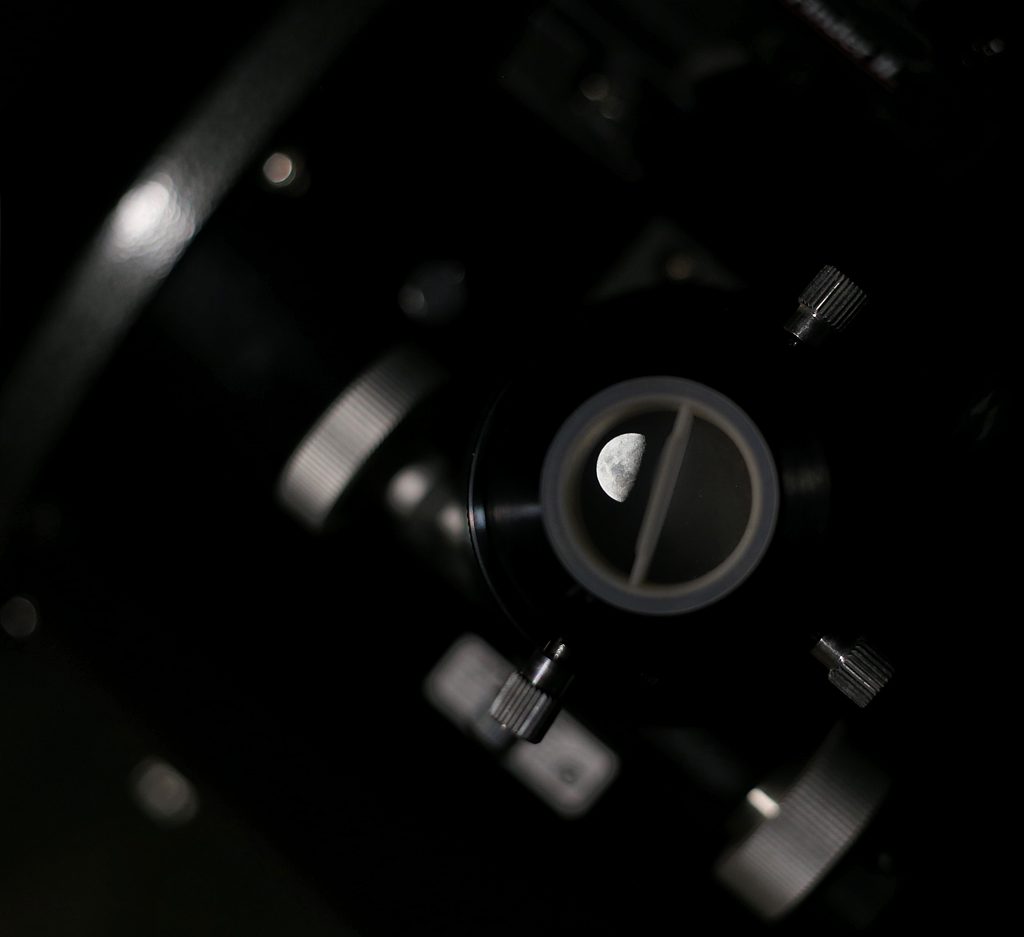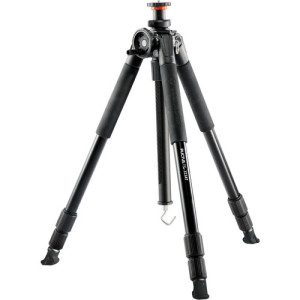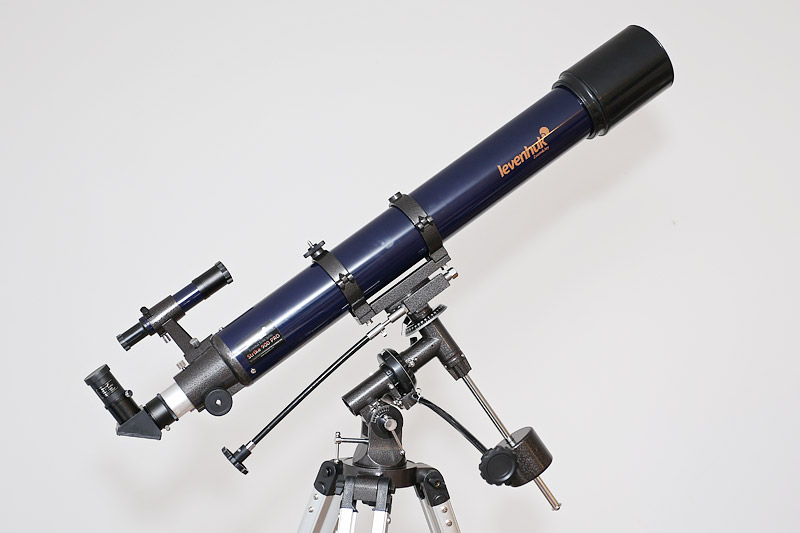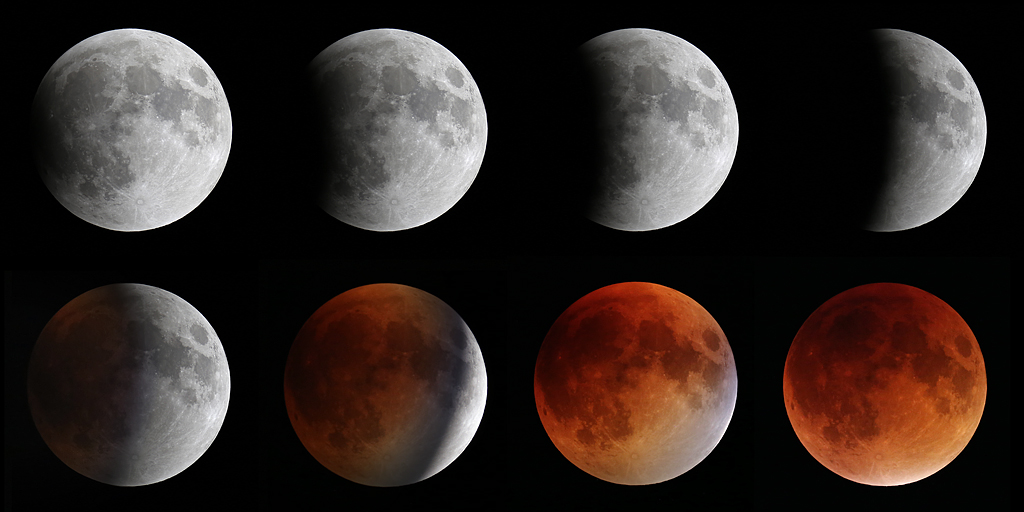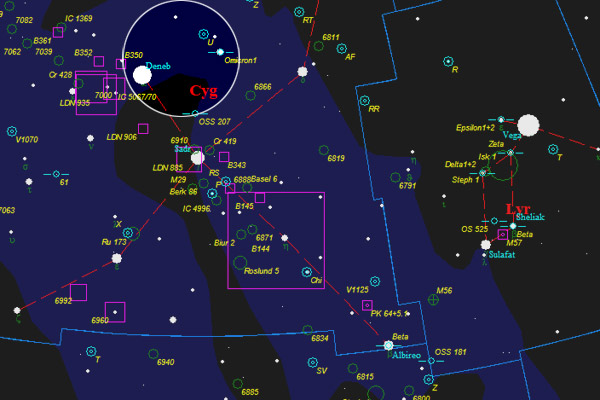Around here, when the skies are cool and clear and the mood strikes to get out under the stars with a telescope the call is answered, and sometimes that means ignoring the bright Moon that is lighting up the entire yard and making Magnitude 4 stars a challenge to spot.
Tonight was one of those nights and after viewing my intended subject* I turned the telescope to the Moon despite only bringing out a single low power eyepiece. Even at 33x the view was rich with detail, my favorite being a crisp view of the Alpine Valley.
Removing the eypeiece to pack up I was struck by the brightness of the unfocused moonlight streaming from the open focuser and then by the fuzzy image of the moon appearing on the dustcap as it was inserted.
I’m sure I’m not the first to stumble across this epiphany of just how bright the moon is but, seeing it projected onto the dustcap and then focusing it, I was surprised at the clarity of the image on the plastic cap. It was even bright enough for me to turn on the back yard lights and snap a picture with the telescope partially lit.
How fascinating is this lesser light in our sky!
* More on that in a future post.
-Dave
Original content copyright 2017 by David Philips. All Rights Reserved. This post may contain links to affiliate sites; sales through affiliate links may benefit this site.
